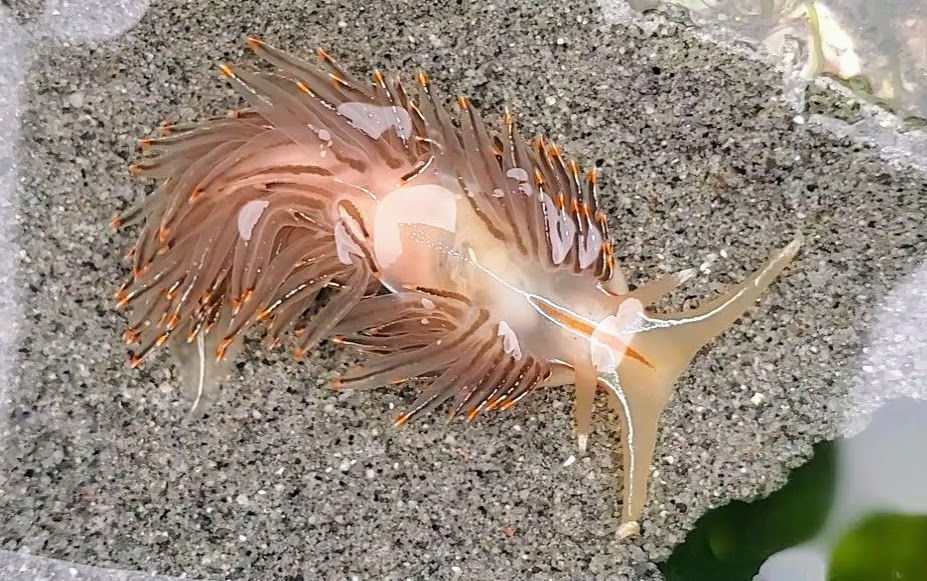Carkeek Park
Low Tide Adventure. Seattle, Washington
Carkeek Park has numerous attractive attributes for an adventure but is well worth visiting for its low tide alone. There is one main beach at Carkeek , accessible by a pedestrian bridge leading over the railroad tracks from the lower parking lot. If you have the time, start from one of the park's boarder entrances and walk your way in. This park is full of fun little fungus-lined trails and can also be a real slug-fest.
After crossing the bridge, be prepared to walk through quite a bit of sand before you reach the water's edge. The best places to look will be to the north in areas that normally would be accessible. Head towards a very large rock that will be prominent when the tide recedes. Along the way there will be much to see, but the real pay off will be the large rocks and all the creatures nestled around it.
To the south there will be more to see, but as there are fewer large rocks on this side it will take a bit more care to find creatures. For an extended low tide adventure you may walk all the way along the beach to Golden Gardens, about three miles away. For this adventure you will need to mind your timing. Your path will quickly be covered when the tide returns so plan wisely to avoid being marooned.

LOCATION
It's easy to find the beach at Carkeek. There's multiple entrances and paths through the park. As long as you are heading west and downwards you'll be on the right track. For the less adventurous, or more restricted, simply park next to the beach in the lower lot. Take the pedestrian bridge over the railroad tracks and head straight down to the beach. To the north you will find the larger rocks where multiple organisms are easy to find.















